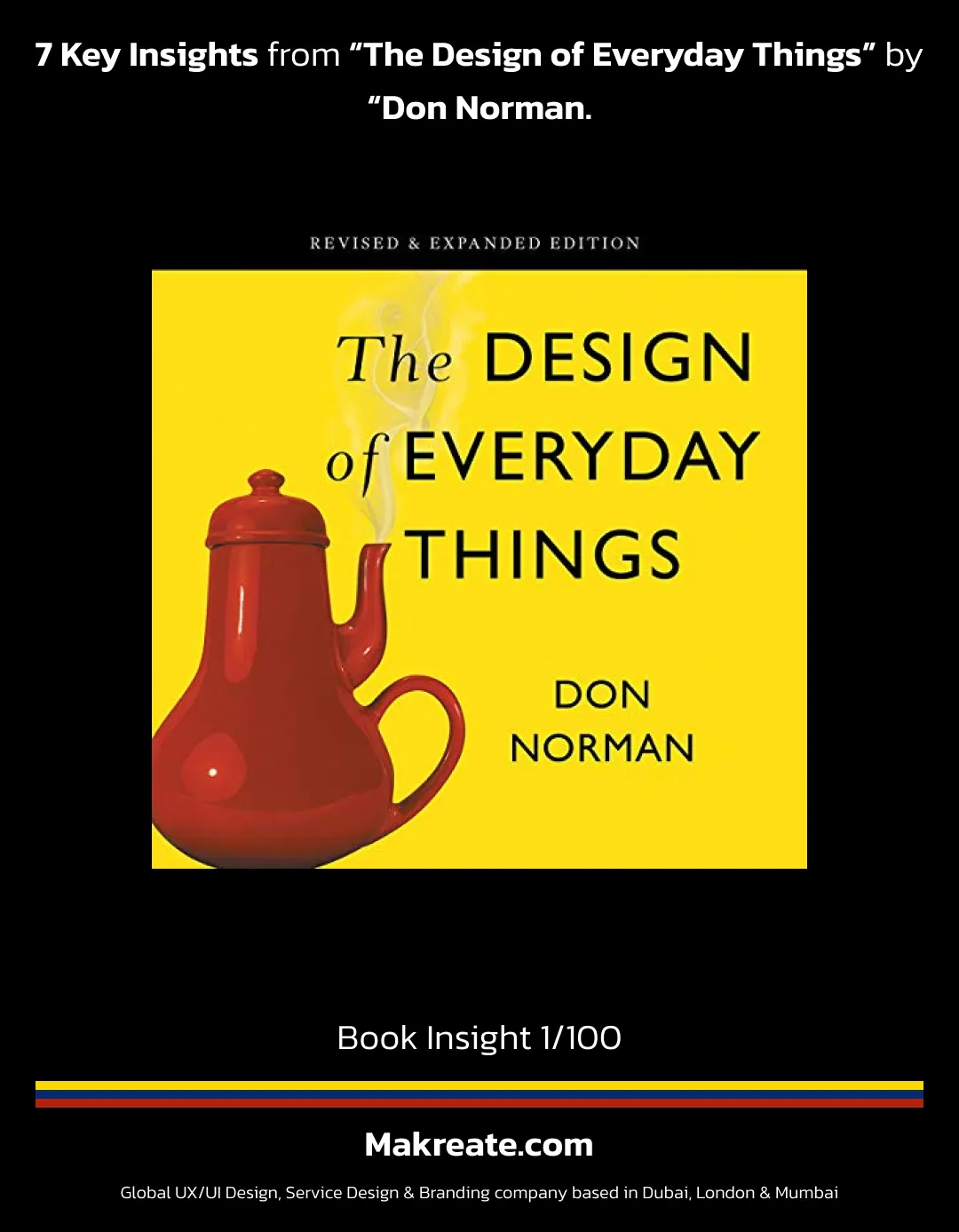
7 key insights from the book “The Design of Everyday Things” by Don Norman:
🎯1. Affordances: Design objects that communicate their purpose and function clearly. Users should instantly know how to interact with your product without any guesswork.
🔍2. Feedback: Ensure your design provides meaningful and timely feedback to users. This helps them understand the results of their actions and fosters a sense of control.
🔑3. Constraints: Use constraints (physical, logical, and cultural) to guide users toward the correct action and prevent errors. Embrace constraints as an opportunity to simplify and enhance the user experience.
💡4. Mapping: Establish intuitive relationships between controls and their effects, making it easy for users to navigate and understand your product.
💬5. Communication: The designer’s role is to act as a translator between the user and the product. Effective communication helps users understand the product’s purpose and functionality.
🤔6. Error Tolerance: Humans are prone to making mistakes. Design with this in mind and create systems that are forgiving, allowing users to recover from errors seamlessly.
🔄7. Iterative Design: Embrace an iterative design process that involves prototyping, testing, and refining. This ensures that the final product meets the needs and expectations of the users.
